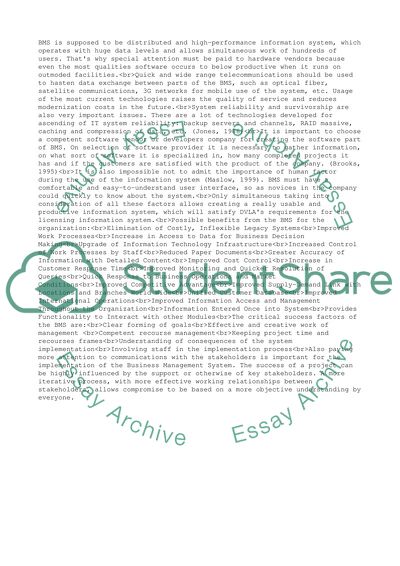Cite this document
(Infrastructure Requirements for Applications and Systems Case Study, n.d.)
Infrastructure Requirements for Applications and Systems Case Study. Retrieved from https://studentshare.org/management/1508239-business-management-system
Infrastructure Requirements for Applications and Systems Case Study. Retrieved from https://studentshare.org/management/1508239-business-management-system
(Infrastructure Requirements for Applications and Systems Case Study)
Infrastructure Requirements for Applications and Systems Case Study. https://studentshare.org/management/1508239-business-management-system.
Infrastructure Requirements for Applications and Systems Case Study. https://studentshare.org/management/1508239-business-management-system.
“Infrastructure Requirements for Applications and Systems Case Study”, n.d. https://studentshare.org/management/1508239-business-management-system.


